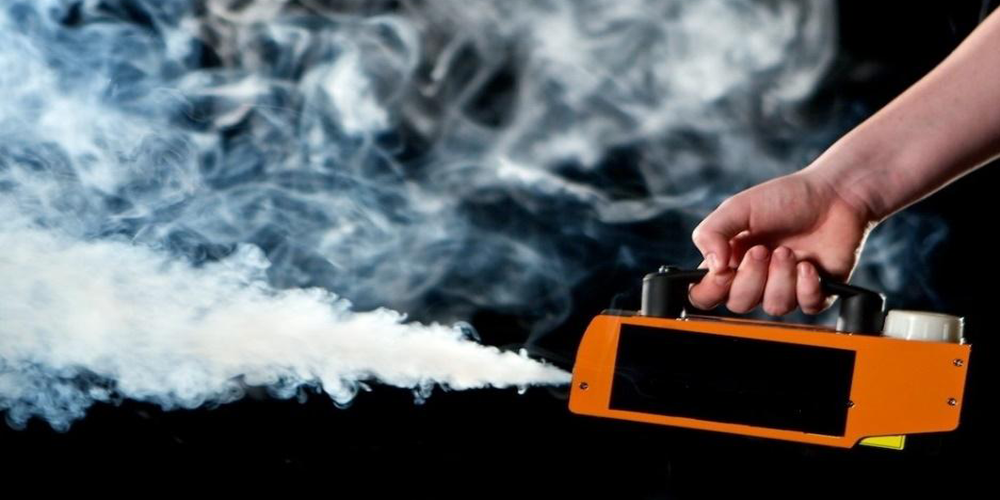
Smoke Shafts & Air Tightness Test
Top 10 Ways to Prepare Your Smoke Shaft for an Air Tightness Test
Ensuring the safety and compliance of smoke shafts in buildings is a critical aspect of fire safety. Conducting an air tightness test on smoke shafts is essential to confirm their effectiveness in preventing the spread of smoke and fire.

Here are the top 10 ways to prepare smoke shafts for the test:
- Consult with the Smoke Shaft Experts: Early consultation with air tightness consultants, that specialise in smoke shaft testing, can provide valuable insights into effective smoke shaft design and sealing strategies.
- Set Airtightness Targets: Determine the required airtightness level, typically less than 3.8 m³/h/m² @ 50 Pa, and design your smoke shaft to meet this target; however, however some smoke shafts require different targets, so it’s always best to check.
- Use Robust Construction Materials: Ensure the construction materials are robust enough to provide a tight air barrier, such as concrete walls or high-density blocks.
- Seal Internal Finishes: Treat the inside of the shaft as the primary air seal line. Ensure the finish is smooth and sealed at all junctions and joints, especially where steels etc. penetrate through the shaft envelope.
- Seal Service Penetrations: Carefully seal all service penetrations, structural penetrations, and cable penetrations to the smoke shaft envelope.
- Seal Door Openings: Ensure all doors within the smoke shaft are fully sealed with heavy-duty materials.
- Seal AOV Door Frames: The perimeter of the AOV doors should be mastic sealed to the shaft.
- Seal Base and Head of Shaft: Carefully seal the base and head of the shaft prior to the air test.
- Use Proper Testing Equipment: Use a UKAS calibrated blower door fan set to pressurize the shaft and measure the air tightness.
- Address Test Failures: If the shaft fails to meet the air leakage target, use smoke testing and/or thermal imaging to identify and seal leaks.
By following these steps, you can ensure your smoke shaft is well-prepared for the air tightness test, enhancing building safety and compliance inline with latest building regulations.

Why choose APT for your Smoke Shafts Air Test
Our qualified and trained UKAS personnel are knowledgeable about the latest industry standards and testing methodologies. This expertise allows our engineers to identify potential issues via smoke testing and thermal imaging, and provide actionable recommendations to improve the performance of your smoke shafts.
By using a UKAS-accredited testing company, you can be assured that the test is conducted in accordance with relevant regulatory requirements and industry best practices. This compliance is essential for meeting building codes and ensuring the safety of occupants.
If you have a smoke shaft that requires testing, please contact APT Sound Testing on 07775 623464, or email us at info@airpressuretesting.net